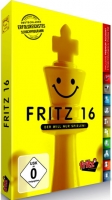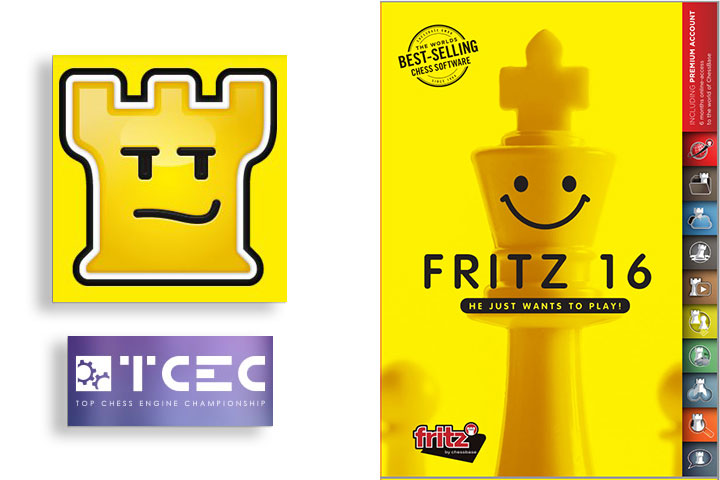Fritz doing well at TCEC
I thought it could interest Chessbase readers to know that Fritz 16 has won Division 3 of the TCEC (Top Chess Engine Championship) for Season 11.
Full standings TCEC Division 3
- Fritz 16 — 18½ / 28
- Laser — 17½
- Nemorino — 14½
- Pedone — 14
- Defenchess — 14
- Senpai — 12½
- ChessBrainVB — 11
- Ethereal — 10

The newest season has been adopted a league format, in which the engines are set in divisions (from 4th to Premier), and at the end of each division the top two engines will be promoted. You can find all the information on the official website which explains how the engines play against each other, and what are hardware features, as well as making all the games available.
This small article is merely to show some of the games I loved from this amazing engine, because Fritz 16's games are human like! In fact this new version of Fritz 16 uses also emoticons to show his mood!
For example, in the first game we see a Jobava-Larsen style. Watch the game trying to guess the next move, and awe will arise!
In the second game we have more of a Wesley So approach!
But Fritz 16 plays many different openings, showing us how to play them too in the process. The next two games are Sicilian and Caro-Kann.
No matter how it will go for Fritz 16 from here, I was happy to analyze these brilliant games, learn a lot from them, and share them with other chess enthusiasts.
Fritz 16 is looking forward to playing with you, and you're certain to have a great deal of fun with him too. Tense games and even well-fought victories await you with "Easy play" and "Assisted analysis" modes.
Links
























